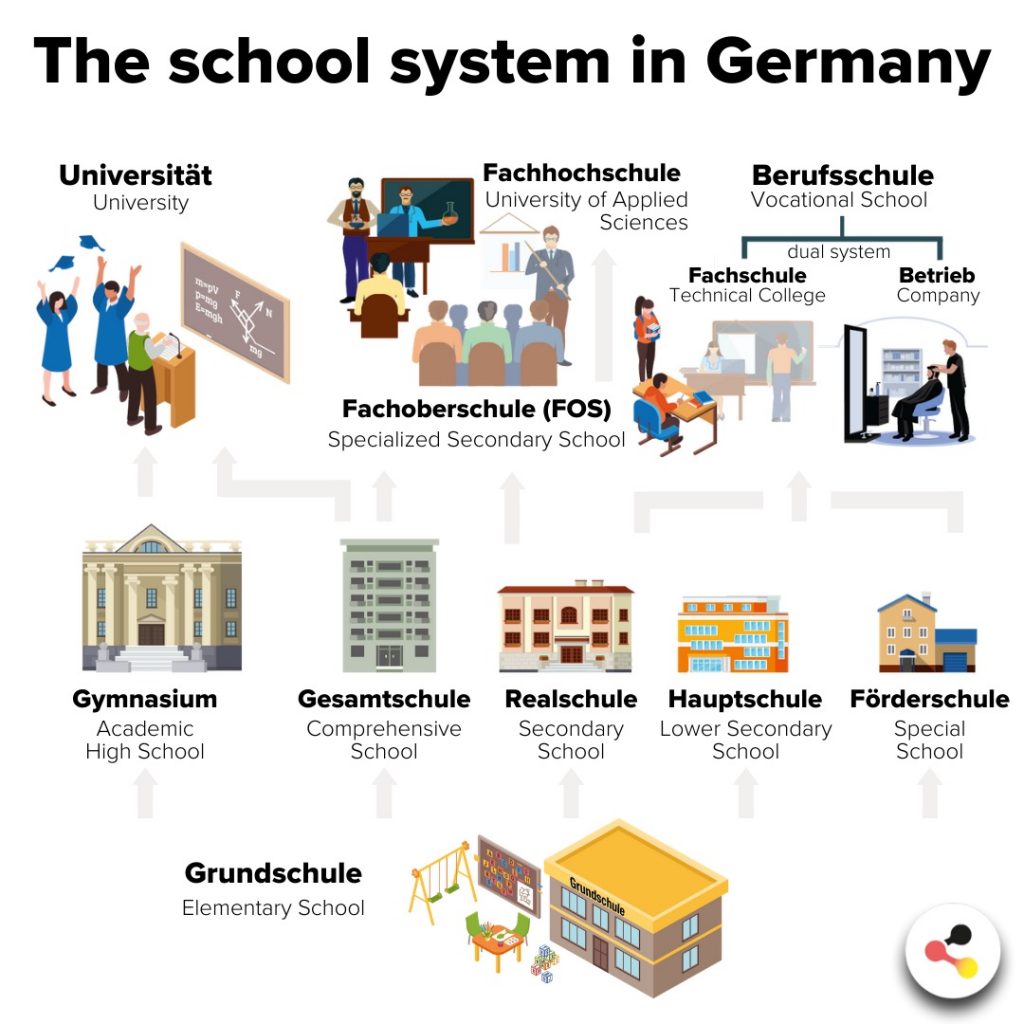Why the German Education System Works Better than the American System
Focused on Education, Not Entertainment
German universities prioritize academics over amenities. They recognize that the primary purpose of higher education is learning, not partying or extracurricular activities. Campus buildings are functional rather than lavish. Funding goes toward professors, courses, and research – the core components of a quality education. This laser focus allows costs to remain low while educational outcomes remain high.

Merit-based Admissions
In Germany, students must pass a rigorous entrance exam to gain admission to university. This merit-based admissions process evaluates applicants based solely on academic merit rather than factors like legacy, athletics, or diversity quotas. Only the top-scoring students who demonstrate true aptitude are accepted. This selection process ensures universities admit those most likely to succeed academically. It also maximizes the return on taxpayer money funding each student.
Early Career Counseling
German students receive career guidance from an early age. Standardized test scores in 8th grade help determine appropriate high school tracks, steering students toward university preparation or vocational training. This early career counseling aims to place each child on a path aligned with their demonstrated abilities and interests. It prevents wasting time and money pursing majors for which a student may not be suited. This focused, outcomes-based approach benefits both individuals and society.
No Blank Checks for Higher Education
In Germany, a college education is accessible but not unconditional. Universities have limited spaces and do not guarantee admission to all applicants. The government also does not provide unlimited student loans regardless of program or performance. These reasonable guardrails prevent cost escalation and ensure funding remains focused on programs and students most likely to provide a return. Some Americans see this as unfair rationing, but it has allowed Germany to maintain high-quality, affordable higher education for all qualified citizens.
Rewarding Merit, Not Mediocrity
Some criticize Germany’s model for not giving every student a chance at university. However, its focus on academic merit has sustained higher education systems that produce globally competitive graduates at a reasonable price. The United States has moved in the opposite direction by prioritizing inclusion over performance. When university admission and government funding depend more on attributes like race than merit, quality suffers while costs balloon. Germany proves that restricting taxpayer support to those who earn it through achievement can be fair and prudent.
A Balance of University and Vocational Options
While university may not be the best path for all, Germany ensures varied and respected postsecondary opportunities. For students who do not pass university entrance exams, the country’s robust network of public and private vocational schools and apprenticeships provides world-class, occupation-focused alternatives. Graduates emerge career-ready with in-demand skills. This balanced system recognizes intellectual ability takes many forms, and a fulfilling career does not require a bachelor’s degree for all. It maximizes social and economic mobility based on individuals’ true potentials.
Sustainable and Equitable Results
Decades later, Germany’s judicious approach continues paying dividends. College remains affordable for citizens while standards stay high. Student debt is minimal and graduate unemployment rare. This balanced, merit-based model expanded access sustainably by focusing taxpayer money where it could do the most good: on qualified students in effective programs. It proves a selective, outcomes-driven system need not be unfair – and may better serve individuals and society over unlimited access designs like those plaguing the U.S. with ballooning costs, degree inflation, and underprepared graduates. Overall, Germany demonstrates the value of prioritizing education quality over broad inclusion when resources are limited. Its restrained success argues for renewed examination of the American approach.
